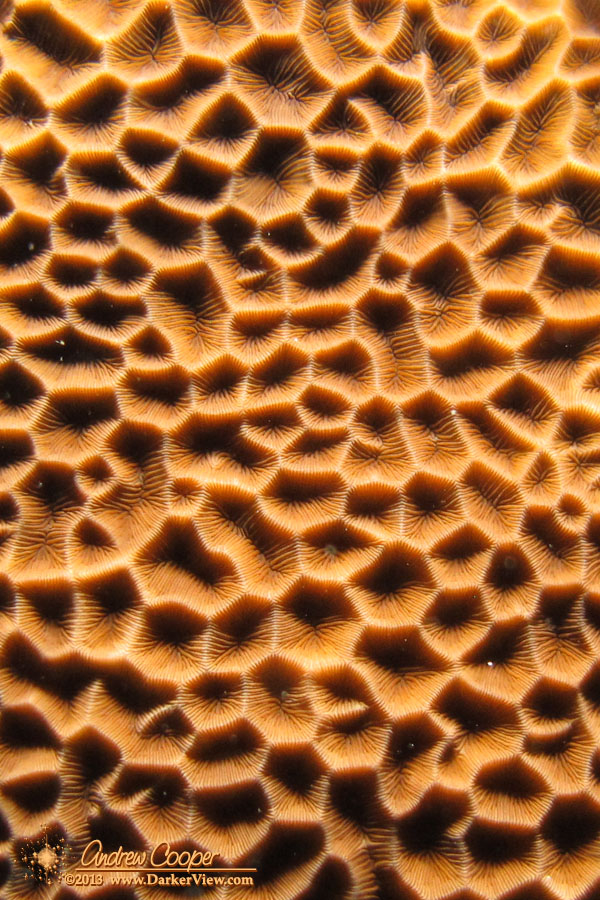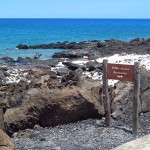
Omega Centauri

When you want to see the stars, find someplace dark

The Perseids are one of the most watched meteor showers. Occurring during northern hemisphere summer, the shower can be appreciated on a summer night. Quite a difference from the other reliable showers such as the Leonids and Quadrantids, that occur in November and January. Consider a warm summer night under a dark sky full of stars, a picnic blanket, relaxing while shooting stars streak across the sky. What could be better?
The Perseid meteor shower occurs when the Earth passes through a stream of debris along the orbit of Comet Swift-Tuttle. This shower has been consistent throughout recorded history, mentioned in Chinese, Japanese and Korean records as early as the 1st century. Active from July 17th to August 24th, the shower will build slowly for weeks before the peak. A week before or after peak the shower can still be seen with around 20 meteors each hour. The shower is a northern hemisphere event, for southern observers the radiant never rises above the horizon.
It is worth a moment, even in the limited time of a dive, to stop and look close at the coral itself. Never mind the psychedelic fish, the coral is what makes a reef. Untold billions of small polyps, each a separate animal, cooperate to build the largest natural structures in the world.
Some corals are easier to examine closely. Honeycomb coral has corallites much larger than most, easier to get a good look without magnification. Getting your mask close allows you to appreciate each little animal, part of the larger colony.

Keeping the cat off the kitchen counter? Rasalhague is an obstinate cat, yell at him and he will just cock his head and seem to say “Who Me?” Extremely cute, but not effective.

I could build some sophisticated cat alert, an IR beam with a loud alarm perhaps? It may come to that. In the meantime I thought of something considerably more low-tech… A stack of empty soda cans.
The cans work. The mere brush of a kitty tail brings them down with a substantial clatter that sends Ras running. The cans have the advantages of being readily available, easy to stack, make a kitty terrifying racket, and don’t hurt anything when they come crashing down.
More importantly it has worked. No cat on the counter for a week now. The cans have been tossed in the recycle bin… Until next time.
The dawn is getting crowded. While three planets, Mercury, Mars and Jupiter have been dancing on the dawn stage for weeks now, tomorrow morning a thin crescent, waning Moon will join in. Tomorrow morning the Moon will be 10% illuminated and 4.5° south of Jupiter.
Over the next couple mornings the Moon will continue to wane and slide along the line of planets in the dawn. On the morning of the 4th it will be 5% illuminated and between Mercury and Mars. On the 5th it will be lower than all three and only 1.6% illuminated.
Access is through the Hualalai Resort. You must check in at the security shack just off the highway at the southern entrance, just 1/4 mile south of the main entrance to the resort. There you get a beach pass from the guard and head down to the public parking area. Get directions from security, you have to double back and take a right. There are only so many public parking spaces available, to ensure entry just get there early, arrival before 8am is pretty much guaranteed access.

A small sign noting the presence of public restrooms at the beach is the marker to turn off the path and head straight to the water. Head to the little inlet where a small point of rock creates a protected pool where you can finish gearing up and swim. The pool is deeper towards to the right and the small rocky point.
Tropical storm? What storm, it was one of the prettiest days on the water we have ever seen. Apparently everyone thought so, the water was busy with dive and tour boats everywhere. The sky was clear blue, the water a blue crystal. No wind and just a bit of south swell. The day seemed at complete odds to the dire storm watch messages on the radio. We will do the storm thing tomorrow, today we dive…

At one point I filmed a manta cruising the reef right below me. Just after it passed by the manta swung about and came right at me. I continued to film and the manta bumped the camera. Yes, it was that kind of day. The mantas were coming in close. These manta are familiar with the idea that divers mean food. During the night manta dives the dive lights attract plankton, creating a buffet for the mantas. The behavior seems to spill over into the daytime, with the mantas coming very close to divers.

After the last dive we often head for harbor. Today we just hung out at the mooring for a while, it was such a nice day. Out of air? Not problem, a mask and fins is enough, just take another swim.